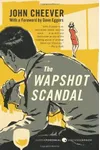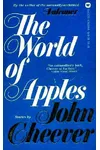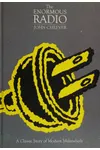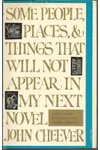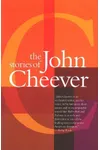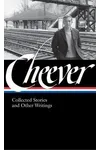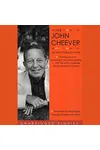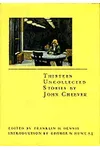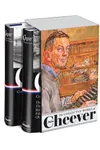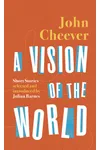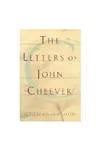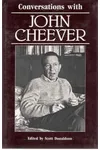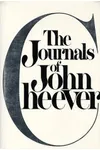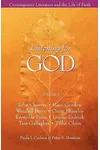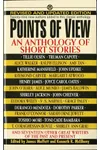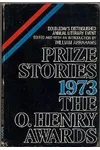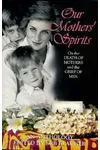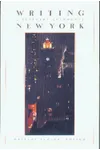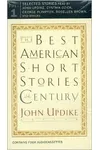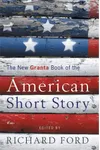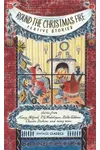Picture an American storyteller who turned the quiet streets of suburbia into a stage for human longing and hidden truths—meet John Cheever! Known as the 'Chekhov of the suburbs,' Cheever’s sharp, lyrical prose captured the beauty and turmoil of mid-20th-century life. His stories and novels, rich with wit and melancholy, invite readers into a world where nostalgia wrestles with reality.
Born in 1912, Cheever’s journey from a troubled youth to a Pulitzer Prize-winning author is as layered as his characters. His ability to weave personal struggles into universal tales of love, loss, and identity keeps his work timeless, even decades after his passing.
The Making of John Cheever
John Cheever was born on May 27, 1912, in Quincy, Massachusetts, to a family grappling with financial and emotional strain. Expelled from Thayer Academy at 17, he turned the experience into his first published story, 'Expelled,' kicking off a career that would span decades. Influenced by literary giants like F. Scott Fitzgerald and Anton Chekhov, Cheever honed a voice that blended elegance with raw honesty. His early years writing for The New Yorker in the 1930s shaped his knack for concise, poignant storytelling.
John Cheever’s Unforgettable Stories
Cheever’s genius shone brightest in his short stories, many of which appeared in The New Yorker. His collection The Stories of John Cheever (1978), a Pulitzer Prize winner, is a masterclass in capturing the suburban soul. Stories like 'The Swimmer' follow a man’s surreal journey through backyard pools, revealing the fragility of the American Dream. 'The Enormous Radio' explores secrets lurking behind perfect facades, blending humor with unease.
His novels, though fewer, are equally compelling. The Wapshot Chronicle (1957), a National Book Award winner, traces a New England family’s quirky legacy, while Falconer (1977) dives into the redemptive struggles of a convicted murderer. Cheever’s style—lyrical yet accessible—paired with themes of duality, nostalgia, and human connection, made his work resonate deeply. He had a gift for finding the extraordinary in the ordinary, turning cocktail parties and commutes into profound meditations.
Despite personal battles with alcoholism and a complex inner life, including his bisexuality, Cheever channeled his struggles into art. His stories often reflect this tension, balancing light and dark with a deft touch that feels both intimate and universal.
Why John Cheever Matters
John Cheever’s work endures because it speaks to the contradictions of the human heart. His suburban settings may seem dated, but the emotions—yearning, regret, hope—are timeless. He influenced writers like Ann Beattie and Raymond Carver, who admired his ability to elevate everyday life into something mythic. Cheever’s legacy lies in his unflinching honesty, inviting readers to confront their own hidden truths.
His awards, including the Pulitzer and National Book Award, cement his place in American literature, but it’s his empathy that keeps readers returning. Whether you’re new to his work or a longtime fan, Cheever’s stories offer a window into the beauty and chaos of being human.
About John Cheever
- Born: May 27, 1912, Quincy, Massachusetts
- Key Works: The Stories of John Cheever, The Wapshot Chronicle, Falconer
- Awards: Pulitzer Prize (1979), National Book Award (1958)
- Died: June 18, 1982
Snag The Stories of John Cheever and dive into his luminous world of suburban dreams and quiet revelations!

